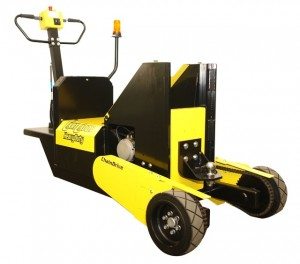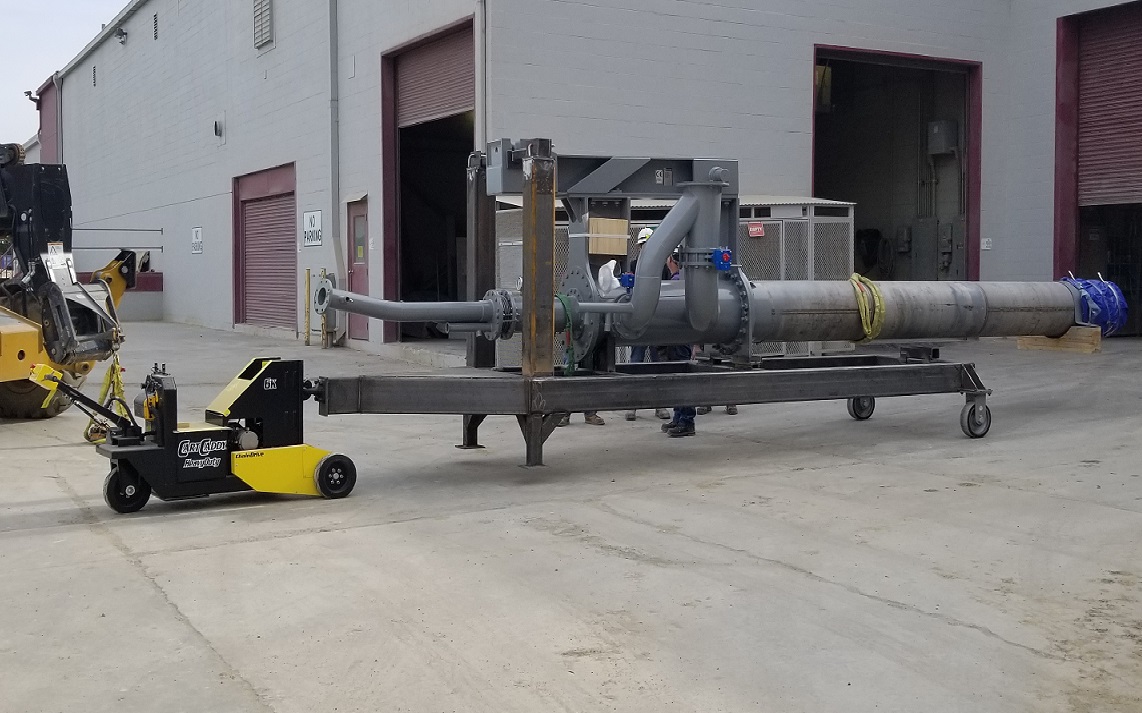Automation and third world development are expected to drive the 5% annual global growth predicted in the material handling industry, according to a new study released by The Freedonia Group, Inc., a Cleveland-based industry research firm (see our previous post). Durable goods will continue to lead demand, but opportunities in nondurable goods are also anticipated.
In 2007, durable good manufacturers led global demand for material handling equipment. Over the next five years, material handling growth will be led by a massive worldwide increase in motor vehicle production followed by increased demand for durable consumer goods, particularly electronics. However, rapid scientific and technological advances in nondurable goods, particularly the chemical and food and beverage industries, are also expected to create new demands for material handling products around the world.
Rapid industrialization in developing countries in Asia, the Pacific, Eastern Europe, Africa, the Mideast and Latin America will increase demand for conventional material handling products such as industrial carts, tugs, trucks, lifts, conveyors, hoists, production line movers, cranes, etc. However, the Freedonia Group expects automated material handling products, including robots and automated guided vehicles (AGV), to post the best gains as industries in the U.S., Western Europe and Japan move to increase automation. Software, systems design, project management and other high-end services to these markets are also expected to post significant increases. Economic and manpower issues will drive the march toward automation and increased productivity in western markets with an emphasis on automated equipment and systems that can be easily integrated into large-scale automated factory and warehouse environments.
High fuel prices, environmental concerns and worker health and safety issues will also play an increasing roll in shaping material handling demand, particularly in U.S. markets. The current shift away from fuel-intense gas-powered trucks to more energy-efficient battery-operated material handling movers and tugs that was sparked by high fuel prices is expected to accelerate. Escalating medical, insurance and workers’ compensation costs will likewise drive a move toward ergonomically designed material handling equipment and systems.



